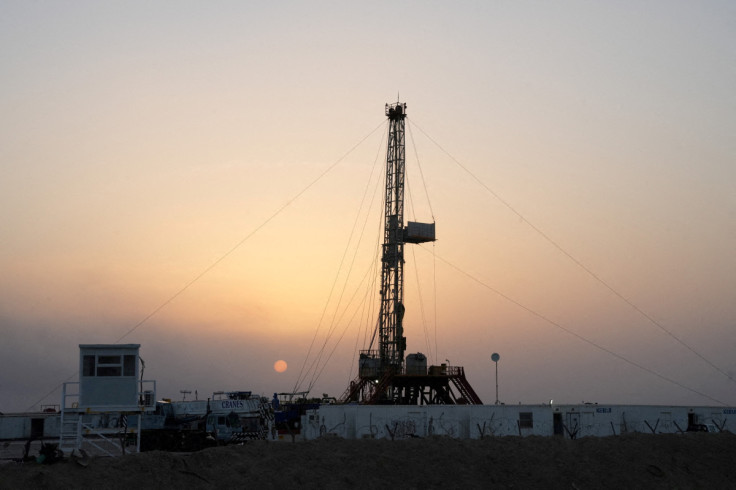Oil Steady After Surprise Build In U.S. Crude Stocks

Oil prices were little changed in early trading on Wednesday after industry data showed an unexpected build in U.S. crude and gasoline inventories, offsetting concerns about tightening supply ahead of output cuts by OPEC producers.
In a sign of market tightness, U.S. crude futures have flipped into backwardation, with the front month contract trading 6 cents higher than the second month.
Brent crude fell 5 cents at $85.57 a barrel by 0029 GMT, while U.S. West Texas Intermediate fell 6 cents to $81.48 a barrel.
Data from the American Petroleum Institute (API) showed crude inventories rose by about 380,000 barrels in the week ended April 7, sources said, against forecasts from eight analysts polled by Reuters for a decline of 600,000 barrels.
At the same time, gasoline inventories rose by about 450,000 barrels, according to the API report, while analysts had expected a 1.6 million-barrel drawdown.
The U.S. government will release its stockpile data at 10:30 a.m. (1430 GMT) on Wednesday.
Prices had risen about 2% on Tuesday on hopes that the Federal Reserve might slow its policy tightening after U.S. consumer prices data releases on Wednesday.
Philadelphia Federal Reserve Bank President Patrick Harker said he feels the U.S. central bank may soon be done raising interest rates, while Minneapolis Federal Reserve Bank President Neel Kashkari said he believes inflation, now at a rate of 5% by the Fed's preferred measure, will get to "the mid-threes" by the end of this year.
The International Monetary Fund warned on Tuesday that lurking financial system vulnerabilities could erupt into a new crisis and hurt global growth this year, but urged member countries to keep tightening monetary policy to fight persistently high inflation.
Monthly reports from the Organization of the Petroleum Exporting Countries (OPEC) are due on Thursday and the International Energy Agency on Friday, which will update oil demand and supply forecasts.
© Copyright Thomson Reuters 2024. All rights reserved.





















